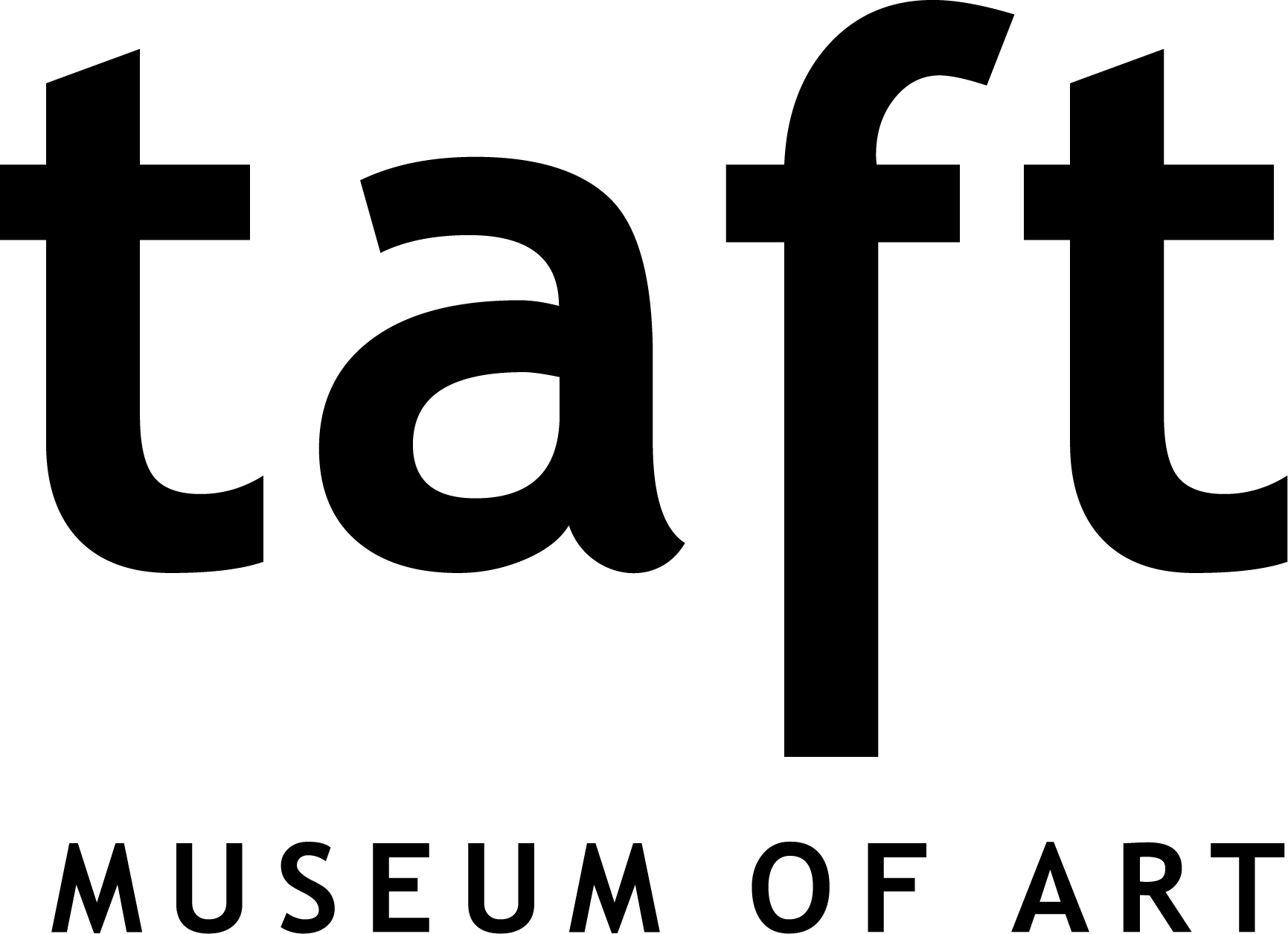Achieving these dreamy blues requires a lot of work! First, a dyer ferments the leaves of an indigo-bearing plant to extract blue pigment, then aerates and dries it to produce cakes of indigo dye. Next, the dye is placed in a container and reduced, a process that removes oxygen, to make it soluble enough to penetrate fibers. At this point, the dye turns yellowish green. Finally, the dyer soaks cloth in the vat, then exposes it to the air. As the indigo oxidizes, it transforms from green to blue, reverting to its insoluble state that will not wash out. How ancient people might have figured out how to do this, in various places at different times, remains a mystery.
I had the privilege of partnering with local artist Devan Horton (pictured below) to help illuminate this complicated process for Taft visitors in the exhibition Indigo and the Art of Quiltmaking. Devan earned her BFA in painting from Northern Kentucky University and now works with sustainable paints and dyes (when she’s not painting alley-sized murals [2]).














